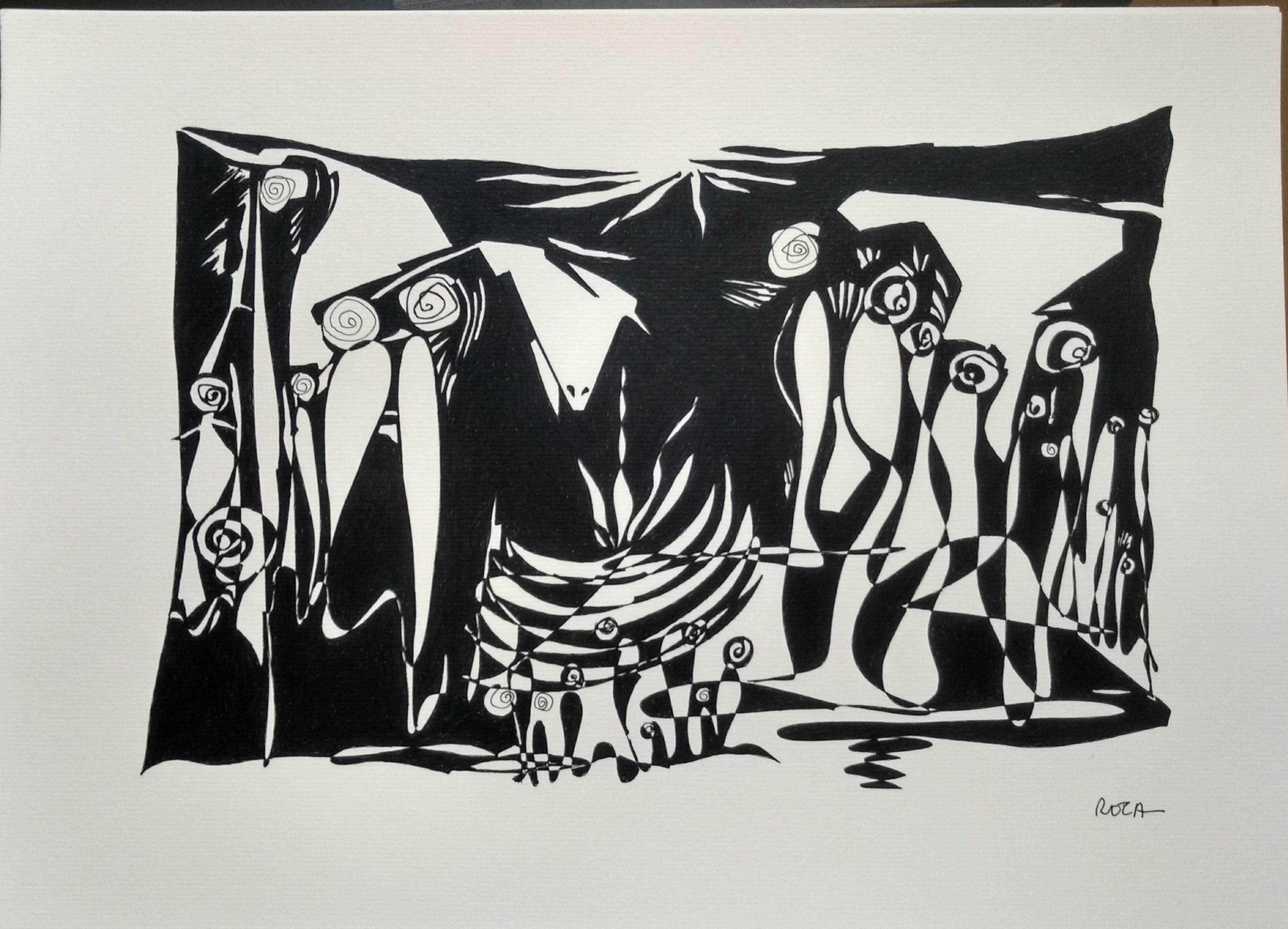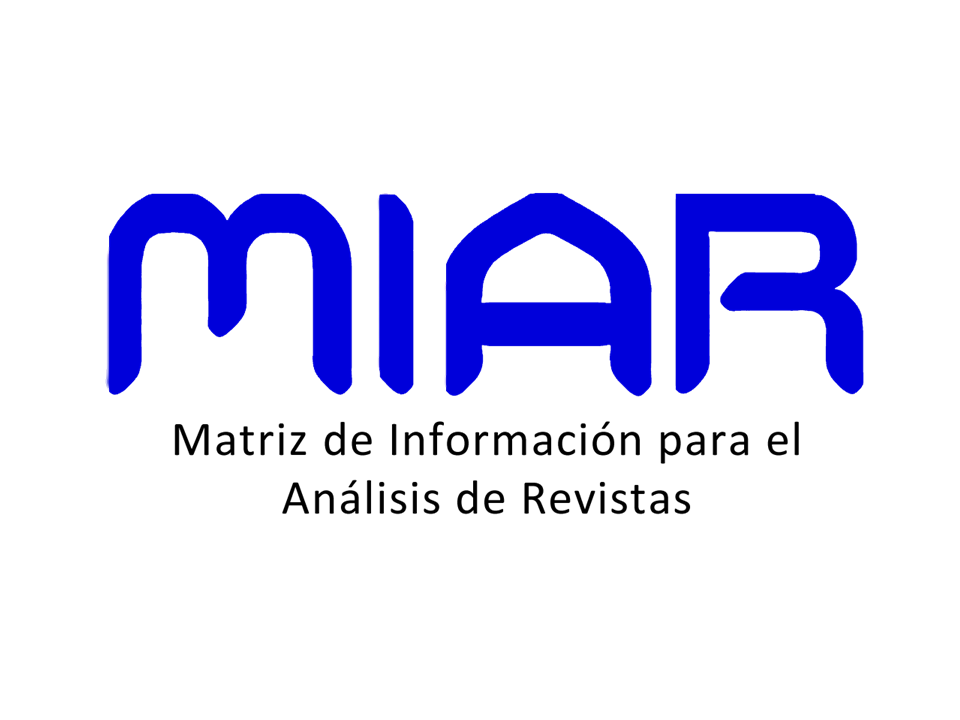EXECUTION OF EMBLEMATIC GESTURES IN THE CHILDREN WITH AUTISTIC SPECTRUM DISORDER
DOI:
https://doi.org/10.22478/ufpb.1983-9979.2019v14n2.48749Abstract
In recent years, multimodal language theory has emerged as one of the most prominent perspectives in language acquisition studies. From this perspective, it is considered that the child from a very early age begins to manifest linguistically, using gestures and vocal productions that happen mainly in the interactions with the adult. Tomasello (2003) states that, around nine months, the baby, through the look and use of gestures, begins to engage in a type of interaction that he calls joint attention, which is the child's ability to share attention between your interaction partner, and some object that composes the interactive scene. Bruner (1978) points to joint attention behavior as one of the steps for language acquisition ability. In children with Autistic Spectrum Disorder (ASD), this joint attention skill can be affected, causing language delays. In order to be able to interact, a child with a language delay may resort to the use of mechanisms that help to sustain their interactions, such as emblematic gestures that are gestures that are part of a cultural community or group and that can become conventionalized according to the context or the routine of interaction (KENDON, 1982; ÁVILA NÓBREGA, 2017). The present study deals with a qualitative research, of the case study type, whose data were collected from the autistic child in a naturalistic way within the school context, through the filming of the child and his interaction partners. Through the methodology used and the analysis of the data collected, it is understood that the child with ASD uses the emblematic gestures, which were conventionalized in the interactions, to reach their goals and maintain the interactions with their partners, attesting to the multimodal character of the language and its use as an alternative communication. Keywords: Multimodality; Language Acquisition; Autistic Spectrum Disorder; Emblematic Gestures.










